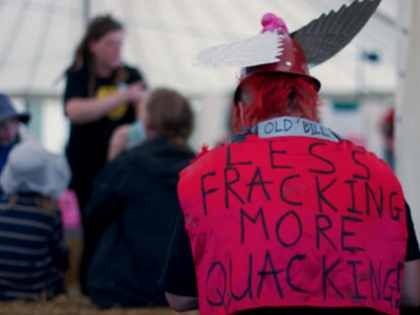Villagers living in Balcombe, Sussex – the scene of last year’s anti-fracking protests – are attempting to raise £300,000 for a bank of roof-top solar panels which wouldn’t even generate one 35th of the energy that shale gas would.
Were the activists to build a modest fracking pad, they could have 166 Gigawatt hours (GWh) per year, but to match that with solar generation, they’d need over one thousand acres of panels – four times the size of the village, according to Dr James Verdon.
Solar energy also requires huge government subsidies, paid for by the taxpayer, therefore taking money out of the pockets of ordinary people and handing it to those who are wealthy enough to have enough land or roof-space to host a solar panel.
If the villagers’ plans were rolled out across the country, it would push up both taxes and energy prices, disproportionately hitting those less able to pay their bills.
The Germans, who have led Europe in subsidising renewable energy, now also have the continent’s highest energy prices because of it.
Balcombe became the centre for anti-fracking protests last year after Cuadrilla Resources proposed drilling a well to explore for oil and shale gas. Demonstrators travelled from around the country to join the villagers. The Green Party’s only Member of Parliament, Caroline Lucas, was arrested during the protests.
Fracking could generate huge quantities of cheap energy, but for the time being the well-heeled residents of Balcombe have chosen something that is both more expensive and less efficient.

COMMENTS
Please let us know if you're having issues with commenting.